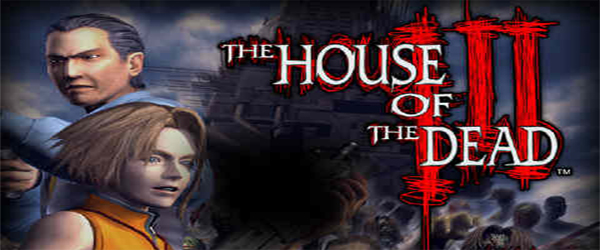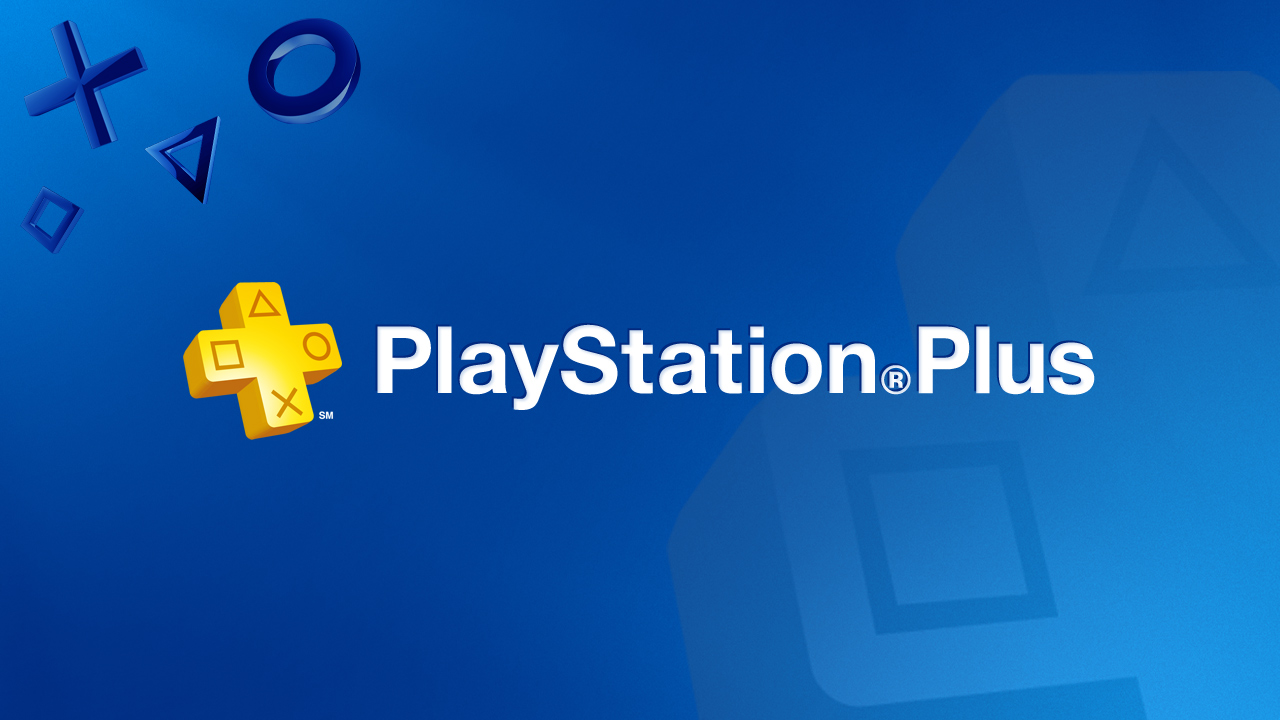
Review – Gundemonium Collection
Posted by Eric G on June 22nd, 2010 | 9 Comments | Tags: Gundemonium , Reviews
Developer: Platine Depositif
Publisher: Rockin’ Android
Release Date: June 15th 2010
Availability: 
Price: $5.99 each; $14.99 for all three
Demo: No
Players: 1 (GundeadliGne has 2 Player offline coop)
Rating: Each game is rated Everyone 10+
What I liked:
- Frenzied “bullet hell” shmup action
- Constant framerate
- Relatively easy snapshot and YouTube functionality
- A whole lot of gameplay modes
What I disliked:
- Initially confusing HUD and hit detection
- Only one of the titles has 2 player coop
- Some of the modes are ludicrously difficult
Since I’m reviewing all three of these titles in one post, I’ll touch on what the series has in common, then break down the individual installments’ pros and cons. It may be a bit longer than the reviews you’re used to reading, but bear with me, I’m reviewing three dense games.
The Gundemonium Collection contains three titles: Gundemonium ReCollection, GundeadliGne (both of which are side-scrolling shmups), and Hitogata Happa (traditional top down overhead gameplay). What these three games have in common are an anime-inspired art style (featuring only female playable characters), the ability to take snapshots, replays, and upload videos to YouTube, and a jaw-dropping, screen-filling amount of bullets. The shoot-em-up genre is no stranger to “good luck dodging all this shit” type gameplay, but the Gundemonium games are surprisingly crammed with on-screen action. Because of how demanding the gameplay is, it’s not too reasonable to be taking snapshots during the game. To take a snapshot, you have to press the PS button and navigate the XMB, which means taking your thumb off of the fire button, which means dying shortly after closing the XMB. That being said, I took all of the screenshots posted in this review. I also uploaded a couple of videos to YouTube, which was much easier to do, since you save the replay and upload it after losing (or, on some rare occasions, winning).
The games’ “How to Play” screen, available on each title, does little to describe what any of the gauges on the HUD represent. Thus, it took me and a friend thirty minutes or so to assign meanings to all of the gauges. What the “How to Play” screen does tell you is one vital tip: There’s a small red dot near the middle of your character. You can get hit anywhere but that small red dot. Not knowing this will cause a lot of confusion as to what is hurting you, why you just died, and, sometimes, how you possibly dodged that entire onslaught of bullets and escaped unscathed. This is a major problem, but only initially, as you’ll eventually learn to focus on the red dot. Still, this graphical disagreement is optically agitating, and is probably my main gripe with the games. In each of the games, you have three different ways to attack. Your default, run-of-the-mill bullet stream attack is accompanied by a ‘mana attack’. This attack is different for each character, but usually has some sort of time-slowing effect attached to it. Along with the mana attack, each game has a third possible attack, which will be covered later. These attacks are used to blast enemies and collect oversized green gems (also initially disorienting) which restore your characters mana gauge.
The art style is consistent throughout the collection: Relatively simple, incredibly wacky, 2D hand drawn anime. One glance at the gameplay and you’ll be able to tell what country these games came from. Enemies such as rabbits wearing gowns, flying, flaming swords, and witches riding gun-brooms will be constantly unloading a barrage of bullets at you. ‘Bullets’ is meant as a loose term when applied to these games. What you’ll actually be dodging are things that look like candy corn, gobstoppers, and gummy worms. In other words, triangles, circles, and wavy lines, but I’m just reiterating what everyone in the room was yelling. Yes, yelling. Even though two of the three titles are single player, it’s easy to get into the game, even if you’re just watching. That brings about another shared aspect of the games: Music. A lot of the songs reminded me of Mega Man songs, except at a faster pace, and, usually, with more bass. Simply put: They’ll aid in engrossing.
Gundemonium ReCollection
The first installment of the series.
Third attack = shmup friendly bomb, which harms enemies and clears the screen of bullets.
Level names like “Azure Sea”, “Super Train Robbery”, and “Proxy of Original Sin” will get you acclimated to the series’ wacky nature.
There are a lot of bosses in this game. Every minute or so will pit you against a bullet-spewing, healthbar having bad guy. That being said, the final boss has a lot of forms. On the easiest difficulty, I got through 6 or so forms before dying. I retried the boss (you can continue at the stage you left off on) until my eyes burned but ultimately had to retire without completing the game. After you try it, you’ll understand.
Like the other two games, there are a load of unlockables. (I don’t know first hand what they are since the final boss tortured me for an hour.)
GundeadliGne
The second installment of the series.
Third attack = you choose a special ability at the outset of a new game. This ability can only be used when a certain gauge is full. The time it takes to regenerate the gauge depends on what ability you choose.
2 Player coop! An addition that all three of the games could have implemented. Your buddy won’t be able to choose a special attack, but at least he’s blasting away with you.
The ability to flip your character and shoot left adds more depth to the gameplay. Enemies don’t just drone in from one side. Unfortunately, the gems that they release do still fly to one side.
Unlockable gameplay modes include “Demonic Challenge” and “Eternal Babel.” In Demonic Challenge mode, you choose one of the 46 bosses (yes, 46) you’ve faced in the arcade mode and try to beat it with only one heart. Also, the bosses are on crack and incredibly difficult to defeat (see: YouTube video). In Eternal Babel mode, you shoot boxes to create lines of matching colored columns. It’s a puzzle game that’s actually pretty fun, and a refreshing break from the regular gameplay.
Hitogata Happa
Third installment of the series (though it’s a prequel).
Third attack = you have a ‘Flowmax’ gauge that gradually fills as long as you’re living. When it’s full, you can choose to ram into an enemy to execute a bomb attack. The bomb does a massive amount of damage, and is necessary to defeat the end-level bosses. They’re timed, so you’re going to need to blow up a few dolls in their faces. Which brings me to…
Dolls. In this game, played from a more traditional top down view, you’re ships are dolls. You have a stock of dolls, which allows you to choose which ones are expendable and which ones are invaluable. The first mission equips you with only one type of doll: Leaf. It’s a basic ship with a powerful bomb attack and a time-slowing mana attack. The fun comes after you finish the first mission, at which point you’ll be met with a unit-buying screen. The gems you collect act as currency. There are seven dolls to choose from, ranging from the cheap Leaf to the pricey Peco, a short range, high damage dealing doll. This is a really cool gameplay addition that adds a different strategic aspect to the series. Unit management makes this game fun and highly replayable. It also cuts down on the frustration because if you lose a mission, you can restart it and adjust your dolls accordingly.
An eighth doll can be unlocked, along with a “Solo Voyage” gameplay mode. In Solo Voyage, you choose one doll to play through the 5 missions. Your number of dolls increases according to how many gems you collect. It requires the player to employ a different type of strategy, and is actually pretty fun.
If you can only buy one of the three, I’d recommend it be this one.
All in all, the collection wraps a trio of diverse and incredibly deep shmups into a worthy package. The games possess an initially unappealing quality in their unrelenting difficulty, but once you overcome the learning curve, you’ll welcome their unique challenges. If you’re looking for some easy shoot-em-ups, skip this collection. Otherwise, check it out.
Amazon.com links:
Click Here to purchase Gundemonium ReCollection from Amazon.com
Click Here to purchase Gundeadligne from Amazon.com
Click Here to purchase Hitogata Happa from Amazon.com
Click Here to purchase Gundemonium Collection from Amazon.com













